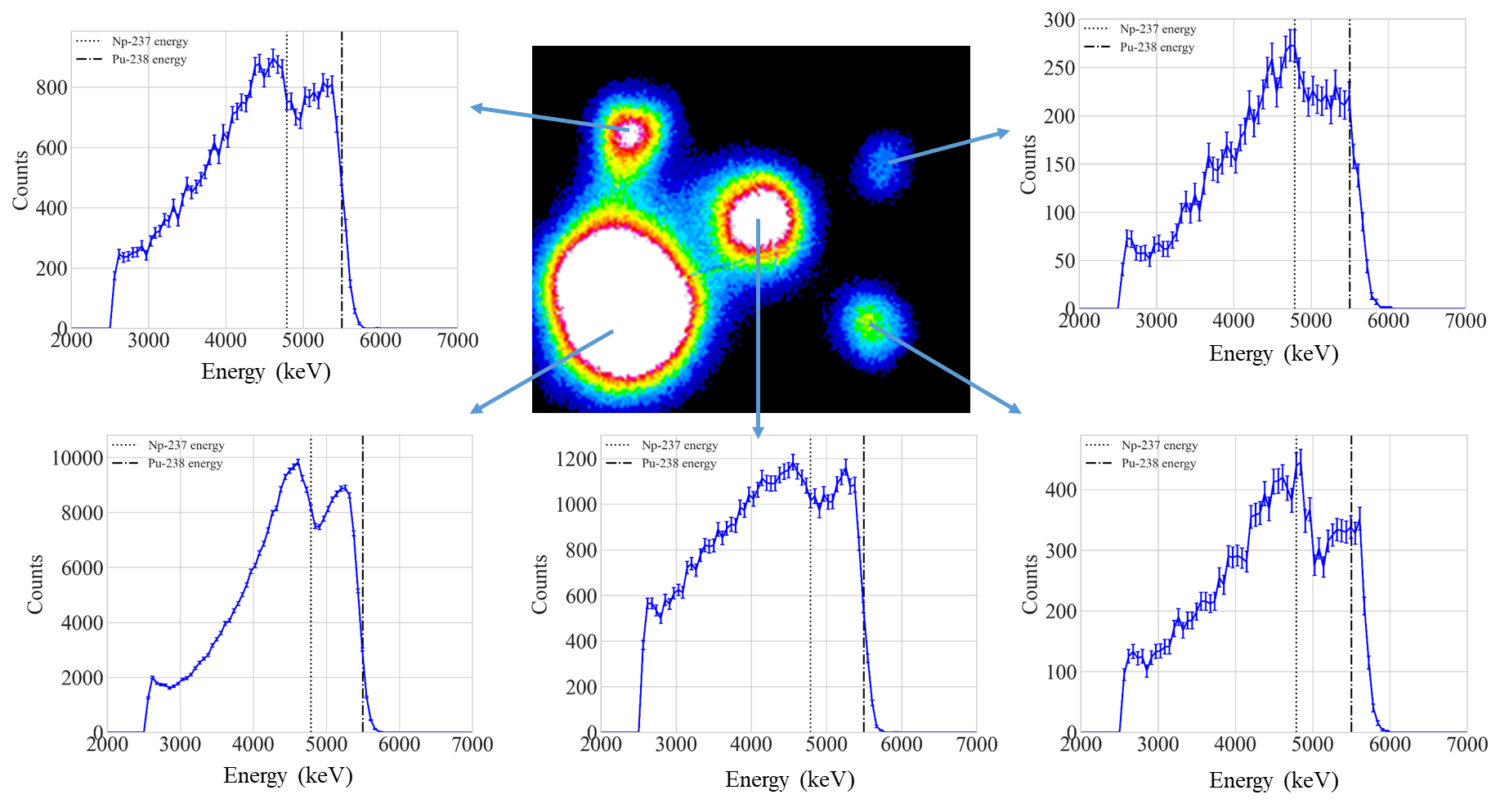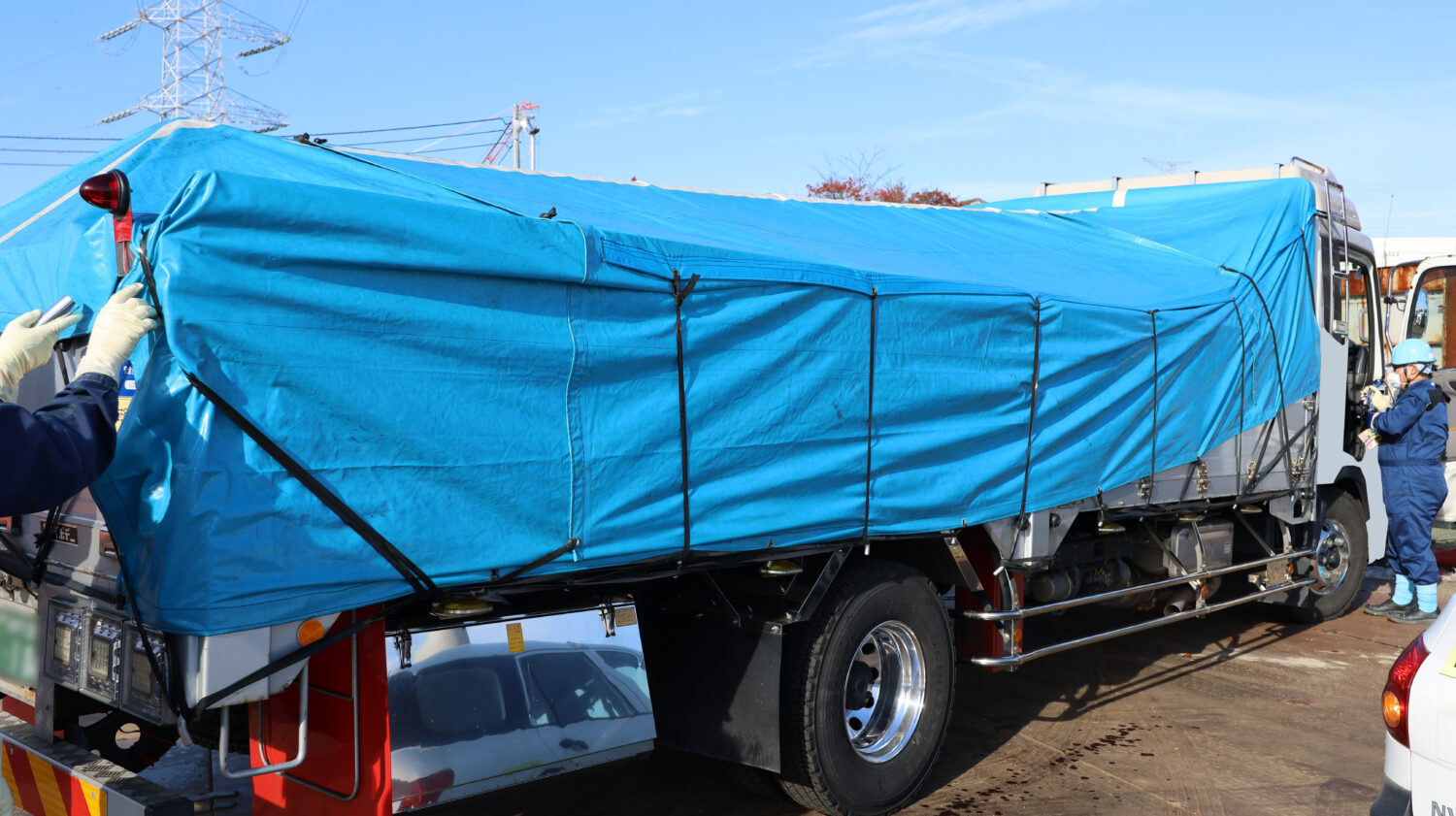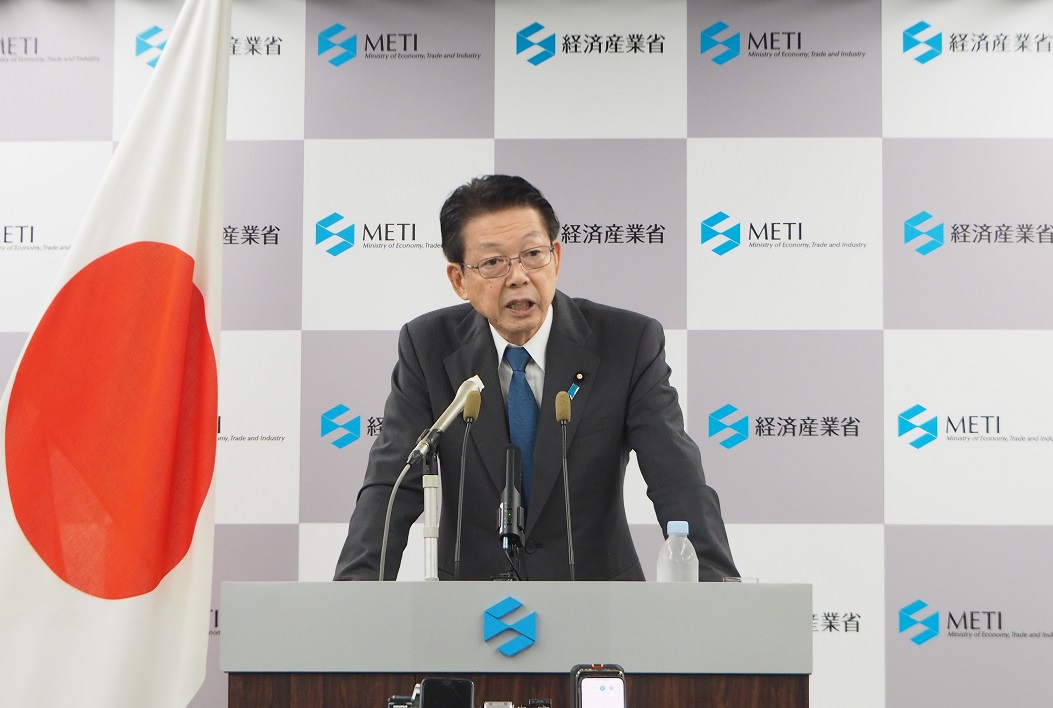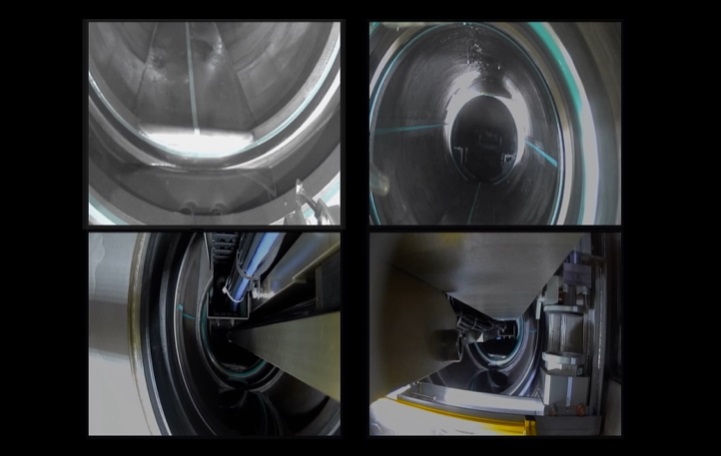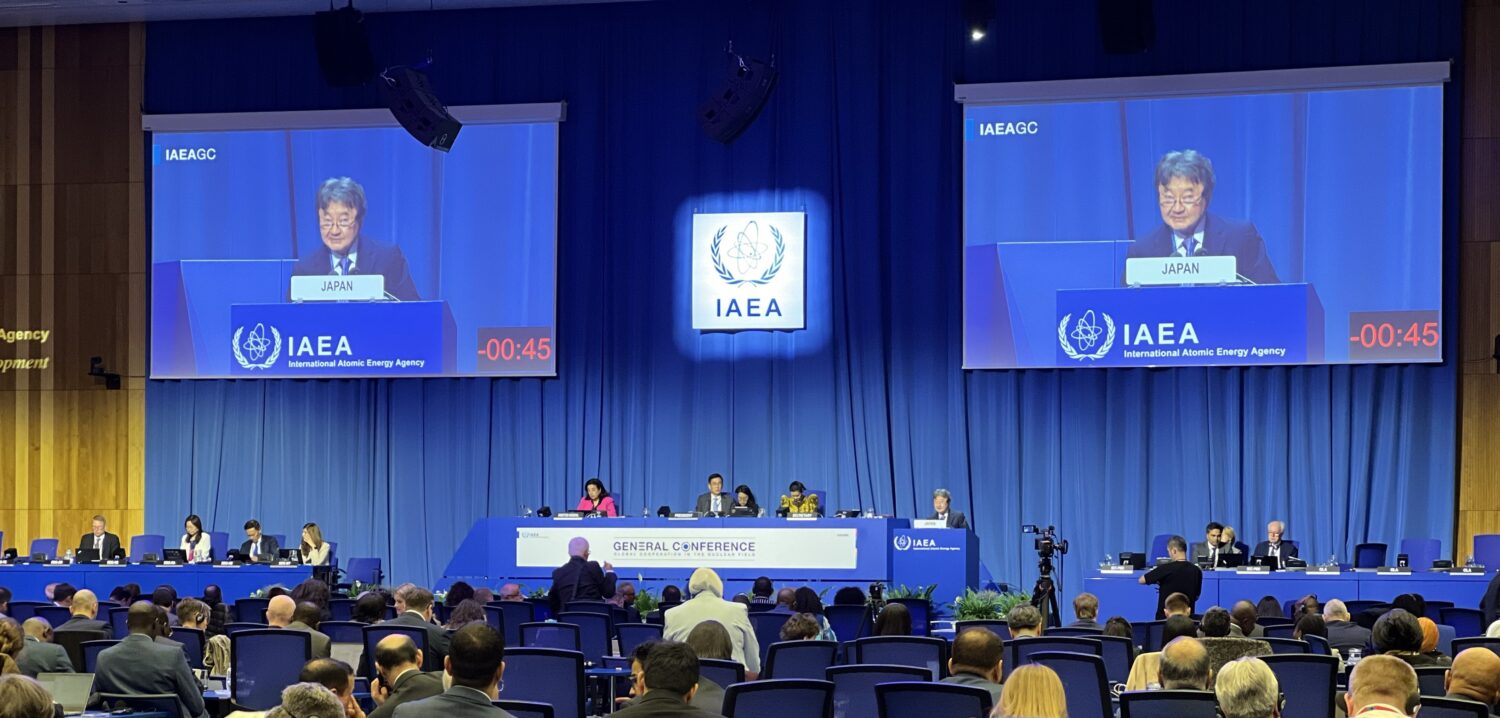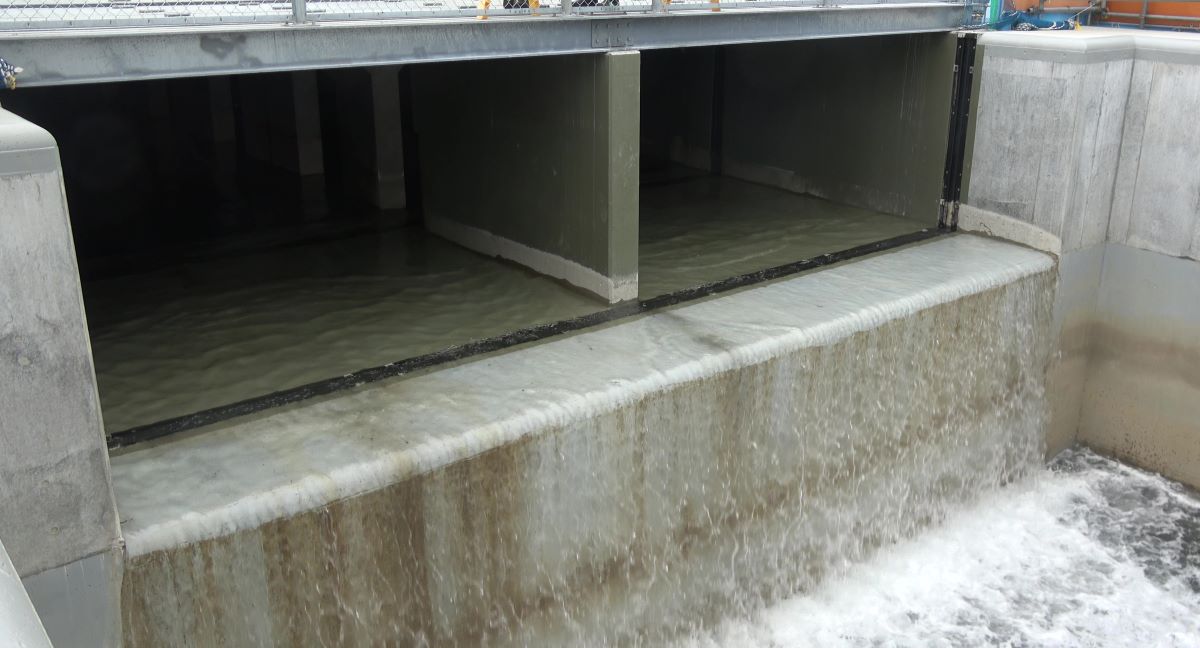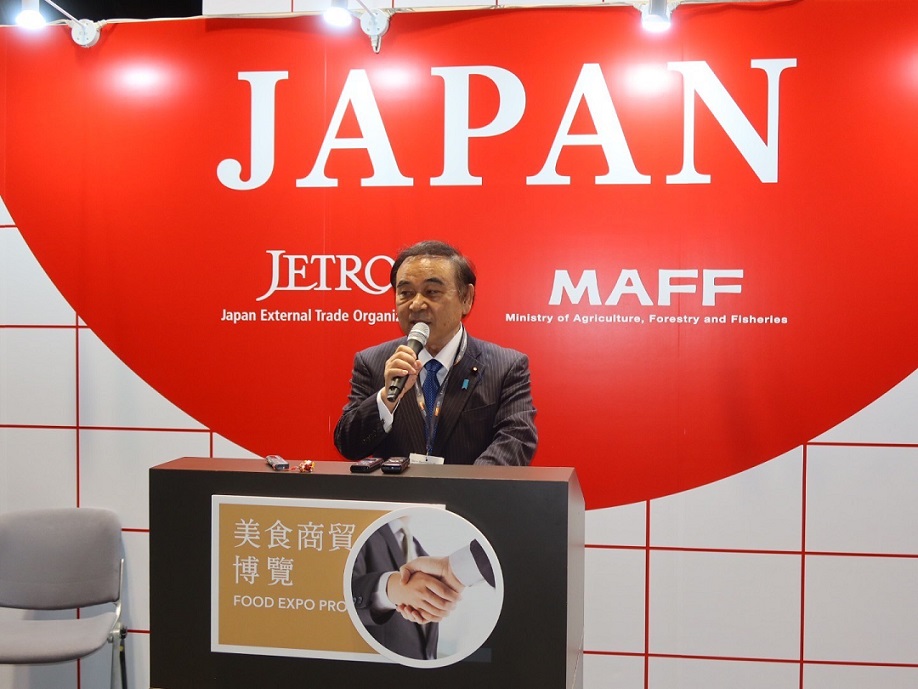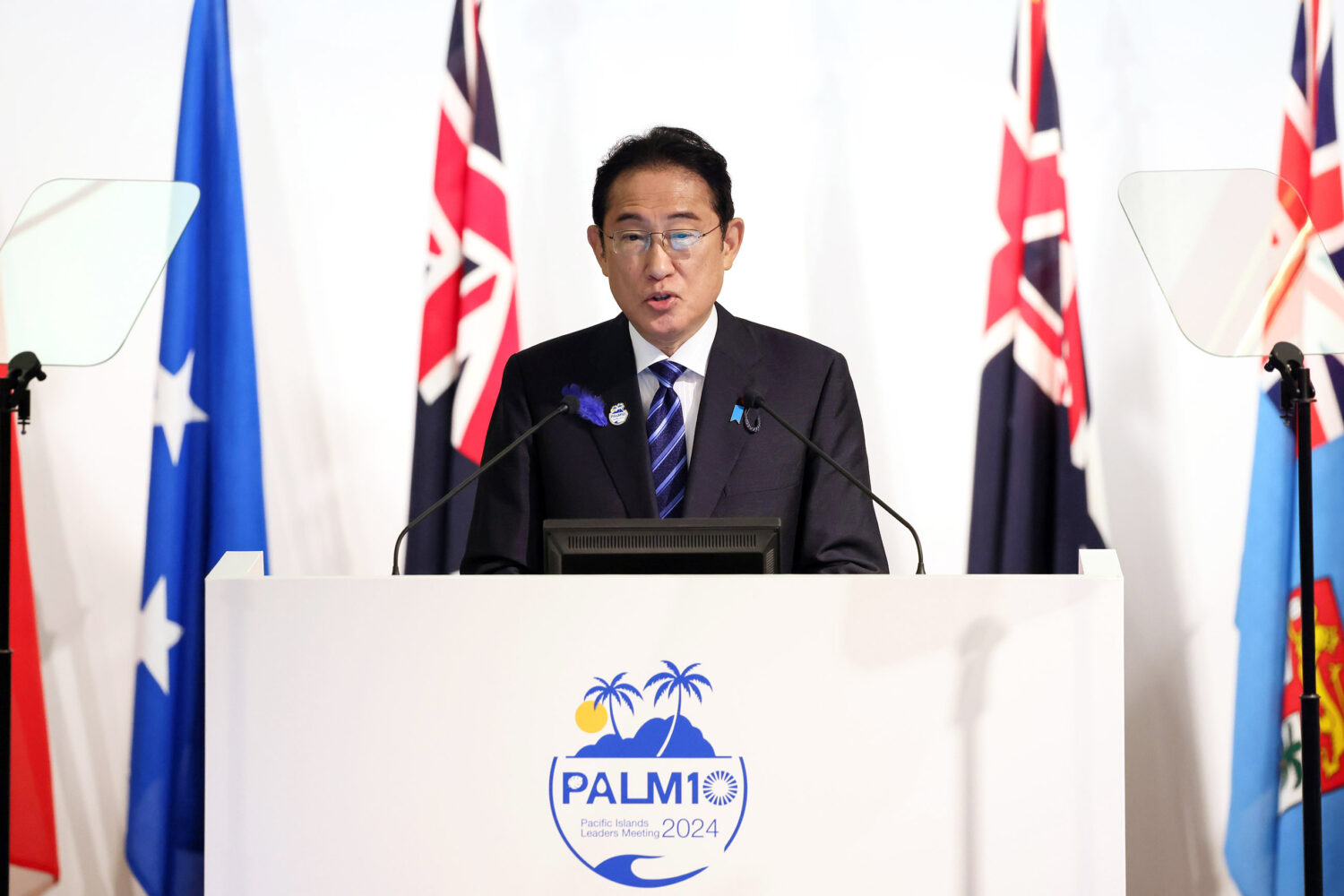The simultaneous implementation of the operations of decontamination, restoration and infrastructure building enables the volume of removed soil to be reduced by about 9,000 cubic meters, thus shortening the construction period.
The maximum exposure dose along that particular portion of the Joban Expressway before the work began used to be 35.9 micro Sv/h, a level that has since been reduced to an average of 1.1 micro Sv/h (4.8 micro Sv/h at maximum) as of January 27. That was a result of both the decontamination work and the protective effects of repaving the roadbed, the latter being conducted by the East Nippon Expressway Company Ltd.
According to a trial calculation, the aggregate volume of soil to be removed was reduced by about 14,000 cubic meters, including the stretch between Namie and Minami-Soma that had been opened to traffic last December, thanks to the abovementioned method of simultaneous implementation.
That estimate was based on the results of a model decontamination project undertaken with the purpose of speeding up the reopening of the Joban Expressway.



